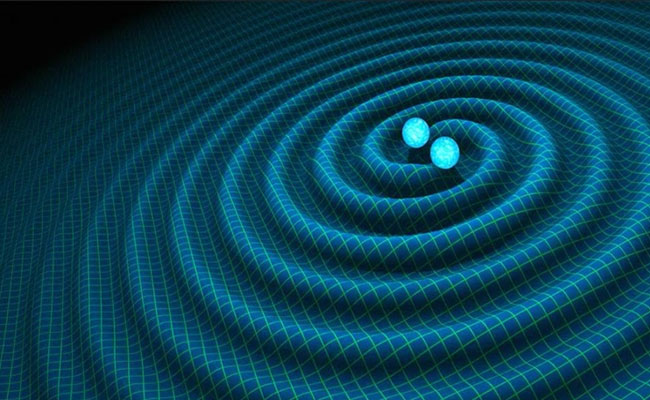LIGO-India: Expanding Horizons in Gravitational Wave Research
Sakshi Education

- On the occasion of National Technology Day(11th May), Prime Minister Narendra Modi laid the foundation stone of multiple scientific projects worth more than Rs 5800 crore.
- One of the most significant projects is the Laser Interferometer Gravitational-Wave Observatory, the Prime Minister said, "LIGO-India will include us in one of the few countries to have such observatories in the world. It will give our students and scientists new and advanced opportunities."
- The LIGO-India, to be developed in Hingoli, Maharashtra, will be one of the handful Laser Interferometer Gravitational-wave observatories in the world. It is an extremely sensitive interferometer of 4 km arm length, the interferometers act as 'antennae' to detect gravitational waves. The LIGO-India will work in synchronization with two observatories operating in the United States; one in Hanford, Washington, and the other in Livingston, Louisiana. When LIGO-India is completed, it will join a global network of gravitational-wave observatories that includes Virgo in Italy and KAGRA in Japan.
What are Gravitational Waves
- A gravitational wave is an invisible (yet incredibly fast) ripple in space. Gravitational waves travel at the speed of light (186,000 miles per second). These waves squeeze and stretch anything in their path as they pass by.
- Einstein predicted that something special happens when two bodies- such as planets or stars-orbit each other. He believed that this kind of movement could cause ripples in space. These ripples would spread out like the ripples in a pond when a stone is tossed in. Scientists call these ripples of space gravitational waves.
>> Download Current Affairs PDFs Here
Download Sakshi Education Mobile APP

What causes gravitational waves?
- The most powerful gravitational waves are created when objects move at very high speeds. Some examples of events that could cause a gravitational wave are: when a star explodes asymmetrically (called a supernova), when two big stars orbit each other, when two black holes orbit each other and merge.
- But these types of objects that create gravitational waves are far away. And sometimes, these events only cause small, weak gravitational waves. The waves are then very weak by the time they reach Earth. This makes gravitational waves hard to detect.
How do we know that gravitational waves exist?
- In 2015, scientists detected gravitational waves for the very first time. They used a very sensitive instrument called LIGO (Laser Interferometer Gravitational-Wave Observatory). These first gravitational waves happened when two black holes crashed into one another. The collision happened 1.3 billion years ago. But, the ripples didn’t make it to Earth until 2015!
- The first detection of gravitational waves was a very important event in science. Before this, just about everything we knew about the universe came from studying waves of light. Now we have a new way to learn about the universe—by studying waves of gravity.
- Gravitational waves will help us learn many new things about our universe. We may also learn more about gravity itself!
How are gravitational waves detected?
- When a gravitational wave passes by Earth, it squeezes and stretches space. LIGO can detect this squeezing and stretching. Each LIGO observatory has two “arms” that are each more than 2 miles (4 kilometers) long. A passing gravitational wave causes the length of the arms to change slightly. The observatory uses lasers, mirrors, and extremely sensitive instruments to detect these tiny changes.
- LIGO - India and its role in Unlayering the cosmic mystery: The Government will spend about $320 million to build LIGO-India, with first observations expected by the end of the decade. When LIGO-India will be completed, it will join a global network of gravitational-wave observatories that includes Virgo in Italy and KAGRA in Japan.
Published date : 11 May 2023 05:34PM



















